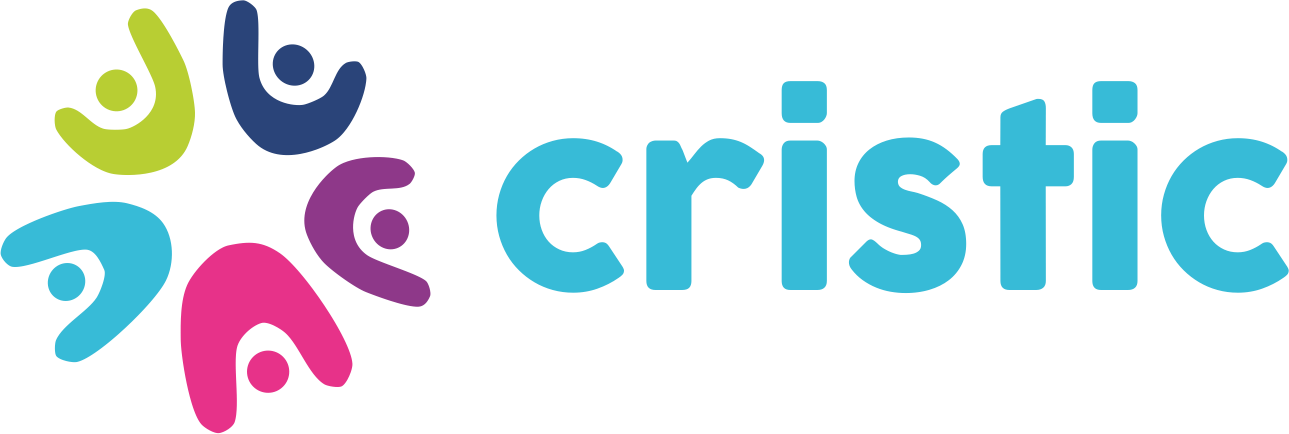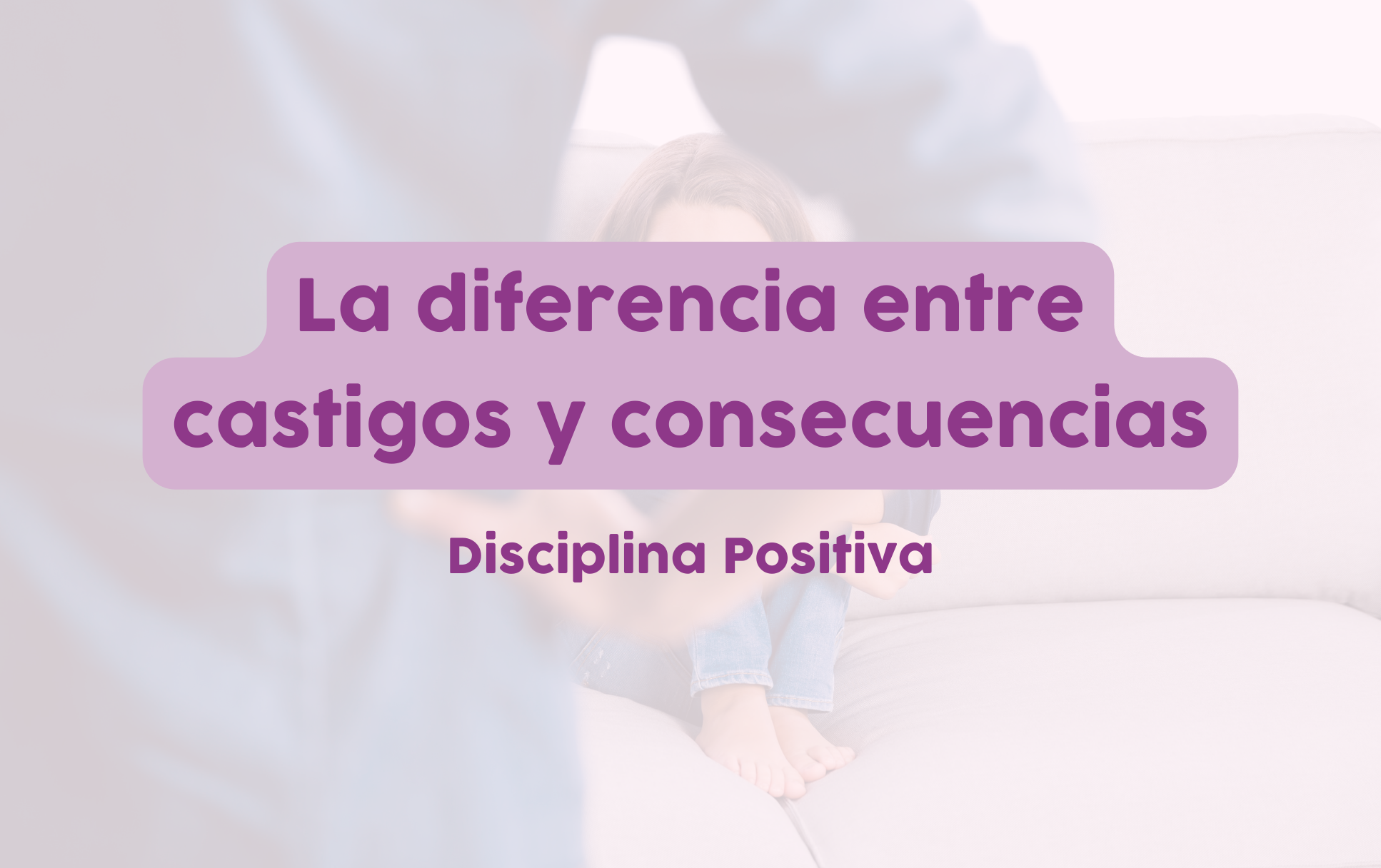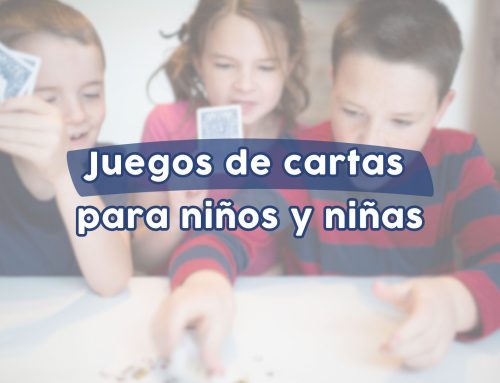Positive discipline is an educational style that focuses on teaching children to be responsible and respectful, instead of simply punishing them for unwanted behaviors. Unlike traditional parenting methods, which are based on punishment and control, positive discipline focuses on understanding the needs of children, in the norms and limits from mutual respect and the creation of relationships based on effective communication.
In positive discipline, the importance of establish clear and consistent limits, but it is understood that Punishes are not effective in the long term. Punishments can cause resentment, fear and challenge in children, instead of promoting positive behavior and self -discipline. Instead, positive discipline is based on the use of natural and logical consequences, as well as the search for solutions, to teach children about the repercussions of their actions and help them develop Life skills.
As a teacher and educator in positive discipline, today I share this article where I collect some of the main differences between punishments and consequences, since, as you can see, they have nothing to do. If you wish, we can deepen these issues through my consultancies and workshops for both families and teachers. You can also follow me in my account of Instagram, where I share content related to conscious and respectful education.
¡Unete and me telegram channel so you don't miss anything! 😊
Instagram for families: positive education and children's activities 💛
¡Nuevo! Instagram for teachers: educational resources and ICT tools 👩🏻🏫
Differences between punishing and making consequences:
1. Where do you focus: in behavior or teaching?
- He punishment He focuses on making the child He feels bad and pays for his behavior.
- Las consequences They focus on teaching the child about repercussions of your actions.
- He punishment It focuses on the past, our attention is only put in what you have already done.
- Las consequences They focus on the future, helping the child to understand how their choices affect their surroundings and themselves.
2. Relationship with the child:
- He punishment can damage the relationship between parents / teachers and the child, generating resentment and fear.
- Las consequences, on the other hand, they can Strengthen the relationship by promoting the open communication and the mutual understanding.
3. Personal responsibility:
- He punishment often makes the child feel victim or CULP TO OTHERS for their actions.
- Las consequences They help the child assume the responsibility of your actions already Learn to make informed decisions.
What is achieved with punishment
So does the punishment work? Yes, of course it works. It works in the short term. With the punishment we managed to stop the behavior at that time, but we are not teaching him how he should act.
The punishment may seem effective in the short term, since it can stop unwanted behavior. However, in the long term, the effects of punishment are usually counterproductive:
- Resentment and rebellion: Children can feel resentful of their parents or teachers for punishing them, which can lead to challenging and rebellious behavior in the future.
- Lack of understanding: The punishment does not teach the child about the natural consequences of their actions or helps them understand why their behavior was inappropriate.
- Dependence on external authority: Children who are regularly punished can become dependent on external authority to regulate their behavior, instead of developing self -regulation skills.
How should the consequences be
The consequences on positive discipline are used as teaching tools, instead of forms of punishment. There are natural consequences and logical consequences:
Natural consequences:
Las natural consequences are the direct and unplanned results of the child's actions. For example, if a child forgets his book at school, the natural consequence is that he will not be able to study for the exam. Another example: if you don't want to wear umbrella and it rains, it will get wet. These consequences allow the child to experience the real repercussions of their decisions and learn autonomously.
Of course, as responsible adults that we are, There are situations in which we should not allow children to experience the natural consequences of their actions. Above all, It is our responsibility to guarantee Your safety, health and respect. For example, if we let our little son cross the street alone, the natural consequence could be that a car hit him. Therefore, in that case, we will not allow you to experience the natural consequences of your actions. However, on other occasions we can assess that they get a little wet if it is raining, or that they suspend an exam if they have not studied.
Logical consequences:
On the other hand, the Logical consequences They are those that Parents or teachers They establish in advance In response to certain behaviors. The logical consequences must comply with certain criteria, since otherwise we would be talking about punishments. The characteristics of the logical consequences are:
- Be related to initial behavior
- Be respectful
- Reasonable
- Revealed in advance
For example, if a child refuses to wear water boots on a rainy day and ends up wetting, the logical consequence could be home to change clothes. This consequence is related to the initial action, it is reasonable and is revealed in advance, allowing the child to understand the implications of their decisions.
However, it is important to keep in mind that even logical consequences can become punishments if used as manipulation or control tools. Therefore, it is necessary to avoid pointing out the error or blaming children, and instead, focusing on the search for solutions and mutual learning.
In summary, by educating our children, it is important to distinguish between punishment and consequence, always opting for approaches that foster respect, understanding and mutual learning. Natural and logical consequences can be powerful tools when applied with sensitivity and empathy, helping children to develop Life skills already strengthen the link between parents and children.





